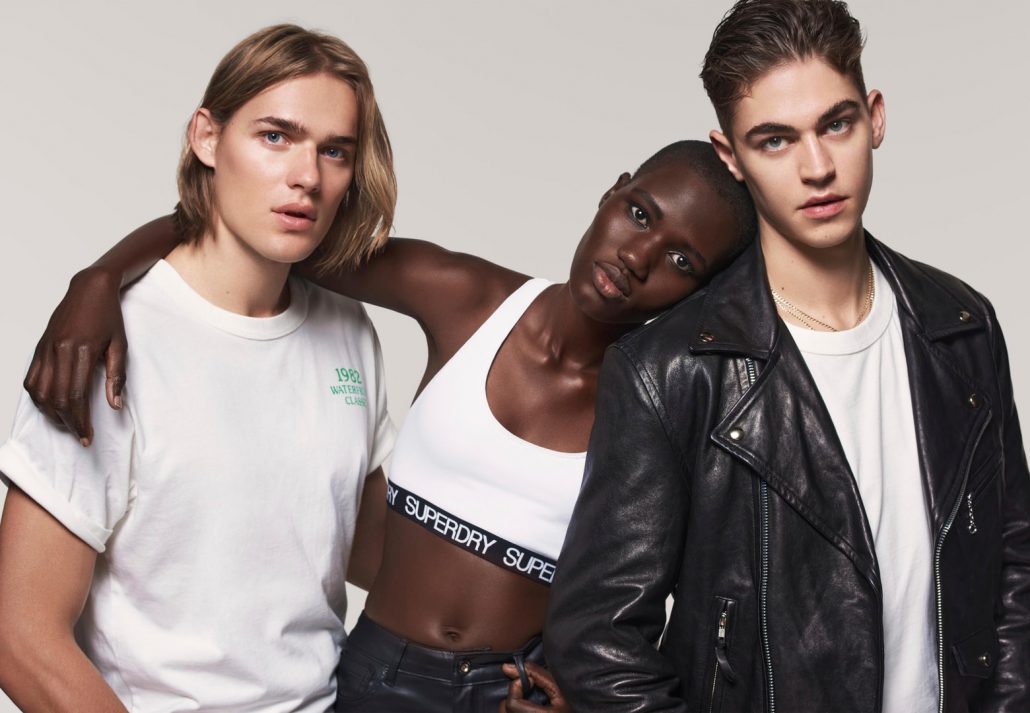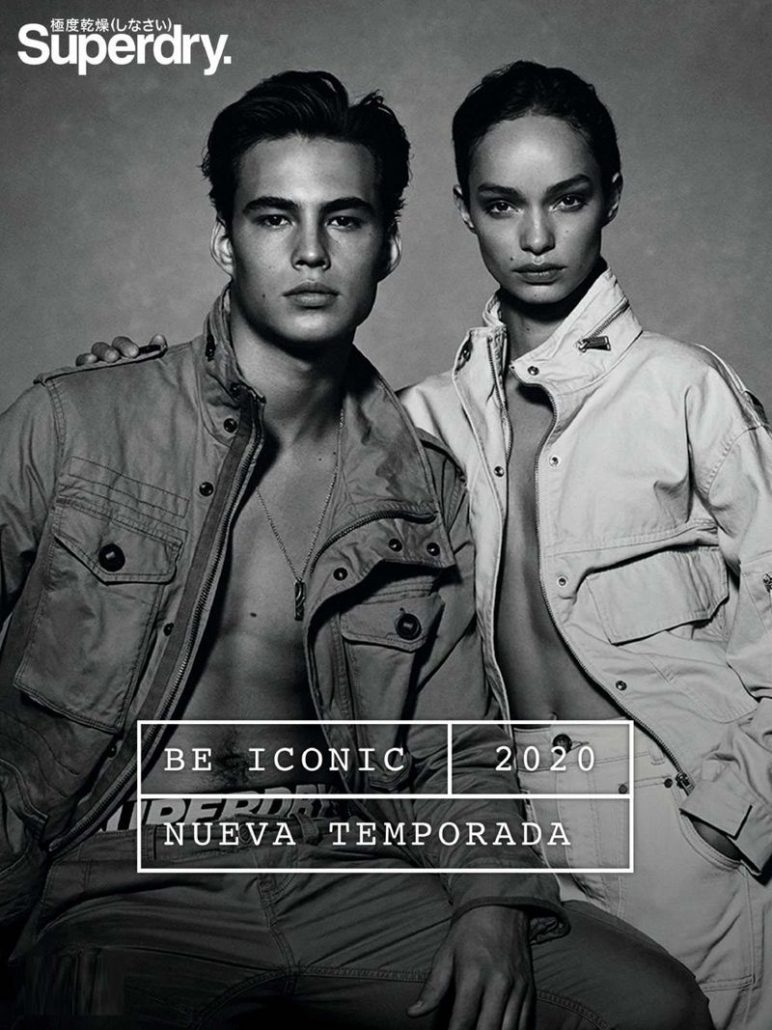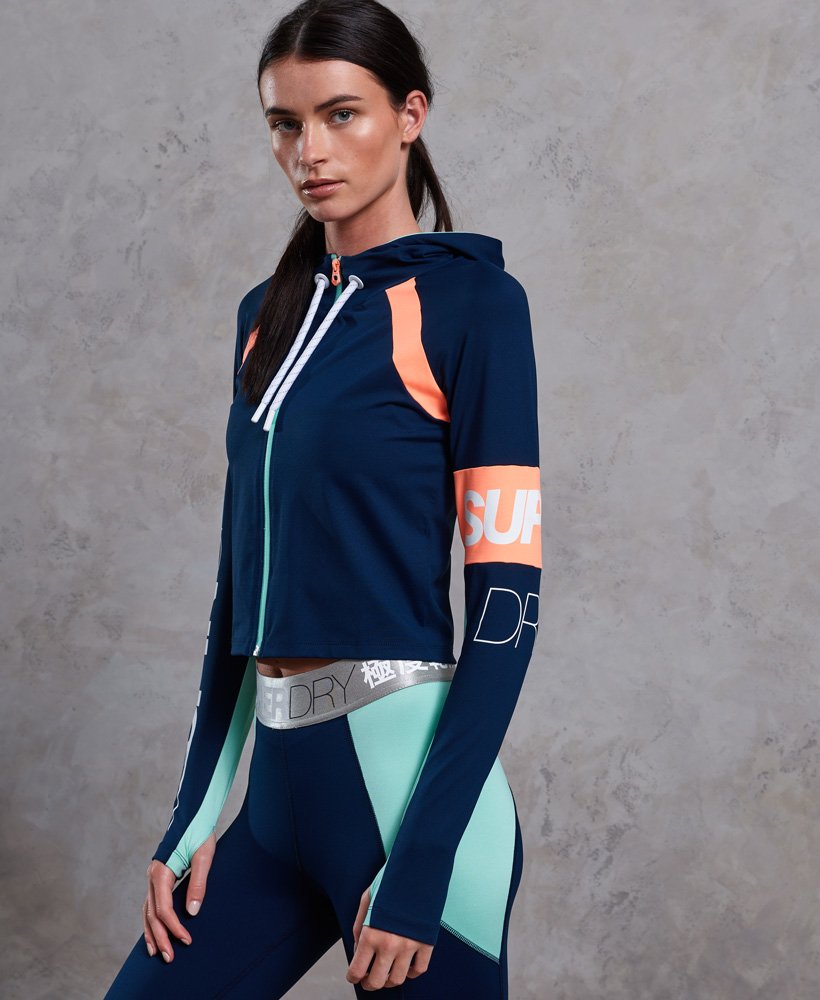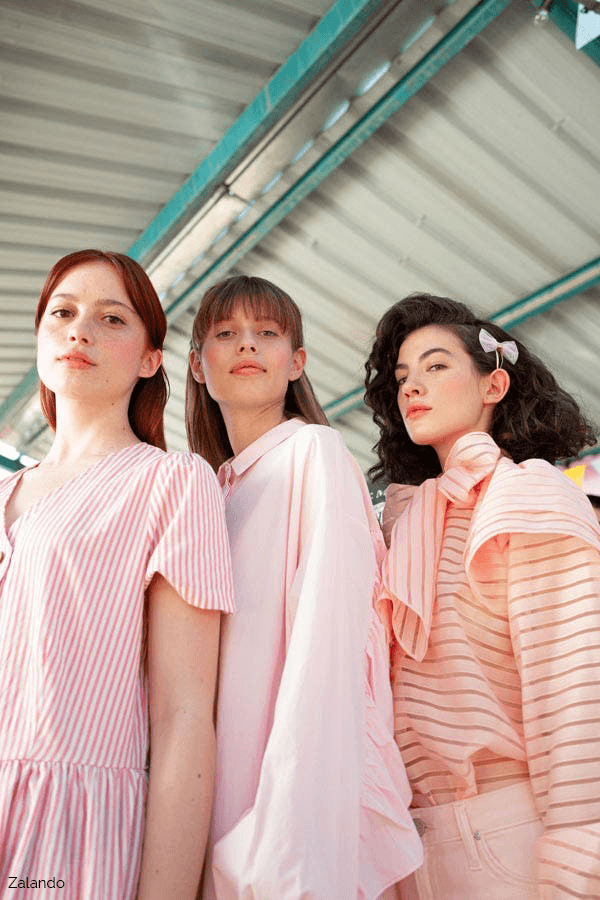UK brand Superdry took off around 2010, when the public noticed it as an affordable yet trendy brand in sportswear. The likes of David Beckham and Cara Delevigne were regularly spotted donning the brand with its big-lettered logo and Japanese characters, and their sweatshirts and jackets became a must-have: Superdry quickly became internationally recognized for these staple garments. But today, the brand may have lost some of its previous luster. The top questions when one searches Superdry are Why is Superdry so expensive? and Is Superdry a good brand? For reference, in 2019 the brand reported an £85.4m fall in profit after a decline of £65.3m in 2018.
Superdry’s fall can easily be attributed to three major weak spots: erosion of brand equity, failure to address relevant trends, and lack of participation in e-commerce and social channels. So how can Superdry, a brand once so trendy and recognizable, get back on top?

Re-establishing Superdry’s brand identity
Superdry’s DNA is one of sportswear, of comfort, of one-trend-fits-all. Their jackets and hoodies are immediately recognizable, particularly in Europe where they draw over 60% of their revenue. But over the years, the brand has expanded its assortment to include garments and accessories such as water bottles, watches, pants, hats, and much more. In many cases, diversifying one’s assortment is an intelligent move for a clothing brand: for example, while Vans are known for their shoes, they jumped on the trendiness of the skate and streetwear movement to push apparel, too.

But for Superdry, whose numbers say the opposite, the better direction is to stay true to their signature pieces. Their assortment should instead give the priority to jackets and hoodies, and as a consequence their approach to inventory planning needs a revamp. Several years ago, the brand transitioned away from its initial two-season model, which ensured continuity and year-round stock, and it may be time to return to what works.
But how? Superdry’s customers want the brand’s staple pieces, and by giving these pieces more weight in assortment along with great variation of the two pieces, their DNA can be reinjected into each collection and desired once again by younger, trendier customers. The saying goes: Don’t fix what isn’t broken. So while this rings true for Superdry, not fixing doesn’t have to mean not innovating.
Getting back on trend through forecasting
Earlier this year, Superdry experienced a 16% drop in sales during the Christmas period, a time during which sales are typically highest. Coupled with its lack of available inventory of the right products, this was also largely due to the lack of relevant trends in the collection. And this drop didn’t occur uniquely in its largest market, Europe, it also occurred in the US and China. For instance, Superdry closed its 25 brick-and-mortar stores last summer in China due to a combination of Covid-19 and fallen customer loyalty. People are less keen on Superdry’s appeal than they once were, largely because it hasn’t quite kept up with the times. It’s important to note that the brand’s three key markets in Europe, China, and the US represent three different customer segments, because trend desires vary between geographies. The challenge, therefore, is finding the sweet spot between unwavering brand identity and trend innovation, and there exist three principal solutions.

The first is through design labs, in which Superdry can find ways to innovate its collections using new technologies in the industry. The second is through collaborations, in which Superdry can create collections with other brands, or even co-create with its customers, in order to help boost relevancy and desirability.
The third is through trend forecasting. It is the act of predicting fashion trends, and it’s been whittled down to a science: trend forecasters can pinpoint colors, textures, fabrics, silhouettes, patterns, and more to accurately predict trends’ increase or decrease in desirability and visibility, their geography, and their customer segmentation.

For instance, light blue is forecasted to rise 10% for womenswear in Summer 2021, and only 3% for menswear during the same period. With these sorts of insights, Superdry could infuse quantitative trend data into its design planning to better respond to customer desires. When it comes to giving the customer what they want in their closet, online and in-store sales numbers don’t suffice to plan ahead. For Superdry, trend forecasting could spell the difference between has-been and regained glory.
Finding Superdry’s online prowess
As it stands, Superdry is lagging behind its competitors: the brand has just under 600K followers on Instagram, while Nike and Abercrombie & Fitch have 122M and 4.7M, respectively. Superdry’s online site visits for September 2020 stood at 3.4M, while Nike’s were well over 100M.
The best way to build an online presence, therefore, is through understanding first and foremost what your audience wants to see, like, and even repost. Social media is a necessary platform for fashion brands today no matter the audience, and it’s a necessary tool for relevance. In the words of Nelson Blackley, a research associate from Nottingham Business School, “[Founder and CEO] Julian Dunkerton has been thoroughly critical of Superdry’s lack of social engagement.”

But how to boost social engagement? By tapping social media trends and aligning oneself with said trends. Fortunately for Superdry, their targeted customer base is indeed those who most use social media, and those who are most receptive to trends on platforms such as Instagram and Weibo. Younger consumers are less brand loyal and more fluid with fast-changing trends than any other audience, so producing the right trends at the right time is more important than ever for Superdry.
And because the brand already exists within a desirable pocket of the market–sportswear–getting back on trend has never come at a better time. Trend forecasting can help to pinpoint trends from social media to help Superdry redirect themselves toward a stronger brand identity, complete with desirable collections and made for people who will want to wear them.




